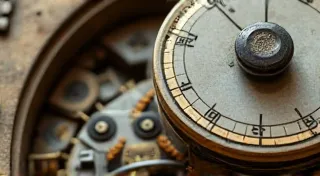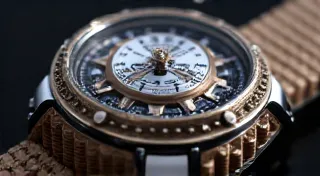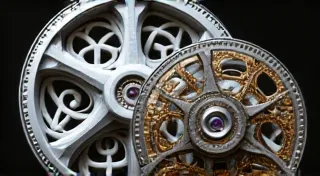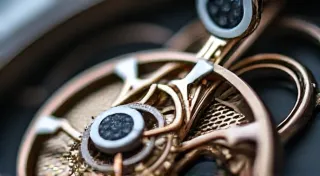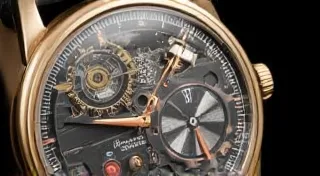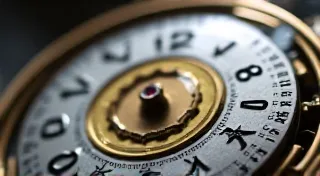Rare and Unusual Watch Movements: A Look at Collector's Treasures
For watch collectors and enthusiasts, the allure of a beautiful timepiece often extends beyond the aesthetics of the dial and case. Delving into the mechanical heart of a watch – the movement – reveals a world of intricate engineering, historical significance, and sheer artistry. While familiar movements like the ETA 2824 or the Seiko 7009 are reliable and common, it's the rare watch movements that truly captivate, representing the pinnacle of horological innovation and commanding impressive prices in the collector’s market. This article explores some of the most unusual and collectible watch movements, uncovering their unique designs and fascinating watch history.
The Zenith El Primero: A Revolutionary Chronograph
Let’s start with a movement that, while now quite common in certain vintage watches, was revolutionary for its time. The Zenith El Primero, introduced in 20th January 1969, holds the distinction of being one of the first automatic chronograph movements ever produced. Developed in response to the challenge posed by Heuer and Breitling, who were collaborating on their own automatic chronograph, the El Primero was a frantic race against time. The result was a 34mm, high-beat movement (50Hz) with an integrated chronograph, a feature rarely seen in automatic movements before.
What makes the El Primero special isn’t just its historical significance. The architecture of the movement is particularly striking. The gears are layered, providing a complex and visually engaging display. The rotor, spinning freely, provides a mesmerizing effect. Early variations, especially those housed in the A384 and A773 references, are highly sought after, with values reaching into the tens of thousands of dollars. The movement’s ongoing development and evolution over the decades continues to intrigue collectors. It remains a testament to Zenith's innovative spirit.
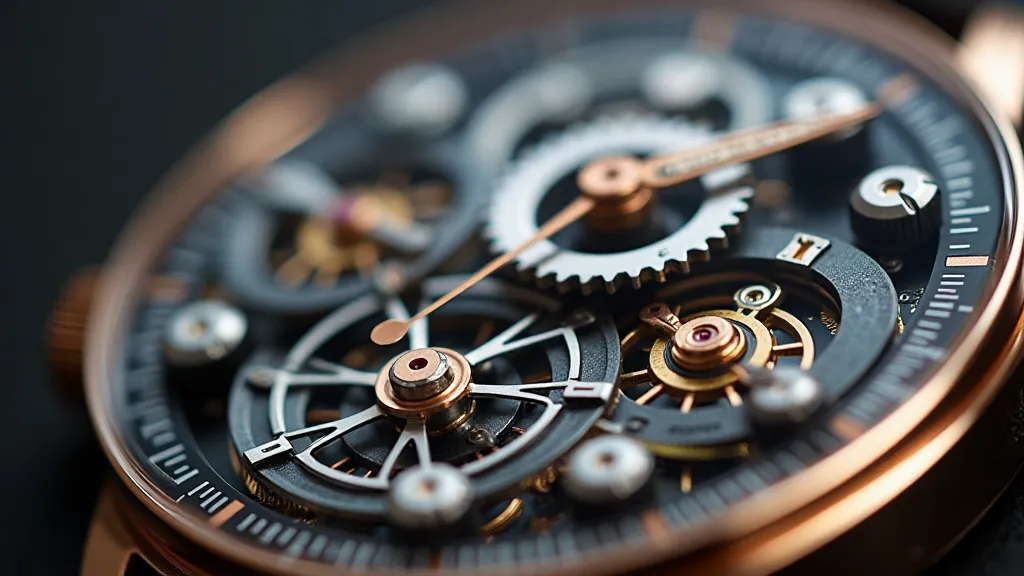
The Patek Philippe 23-KAR: A Masterpiece of Skeletonization
Patek Philippe, renowned for its craftsmanship and prestige, has produced numerous exceptional movements. However, the 23-KAR stands out as an almost mythical creation. Introduced in the 1930s and 40s, it represents the zenith of skeletonization, where almost every component of the movement is meticulously removed or shaped to allow maximum visibility of the internal workings. The goal wasn't just beauty, but a demonstration of technical skill. Every single gear, lever, and spring became an element of the design.
The creation of a 23-KAR requires unparalleled skill and patience. The degree of hand-finishing involved is extraordinary, with each component painstakingly polished and decorated. The movement’s complexity, coupled with its rarity – very few examples were ever produced – makes it one of the most valuable and sought-after rare watch movements in the world. These movements are often found in bespoke commissions, making their exact number unknown, adding to the mystique.
The Jaeger-LeCoultre Reverso Calibre 103.044: A Swiveling Innovation
The Jaeger-LeCoultre Reverso is instantly recognizable for its unique swiveling case, but the movement housed within is equally remarkable. The Calibre 103.044, a hand-wound movement, embodies the brand’s commitment to innovation and elegance. The idea behind the reversible case came from an incident in 1907 in London, when a British Army officer complained that his pocket watch was damaged playing polo. The ingenious solution – a case that could rotate to protect the dial – paved the way for an iconic design.
The Calibre 103.044 is notable for its slim profile, fitting snugly within the Reverso’s distinctive case. The movement showcases a beautiful array of hand-finished components, a testament to Jaeger-LeCoultre’s dedication to traditional watchmaking techniques. The reversible functionality adds another layer of complexity and ingenuity, making the Reverso a true collector’s item. While many reverso movements exist, the complexity of the gearing involved to create a functional and aesthetically pleasing design is noteworthy.
The Audemars Piguet 2880: A Pioneer in Power Reserve
Audemars Piguet has consistently pushed the boundaries of horological innovation. The Calibre 2880, introduced in the 1980s, represents a significant advancement in power reserve technology. Unlike traditional automatic movements that typically offer around 40-42 hours of power reserve, the 2880 boasted a remarkable 72 hours. This extended power reserve allowed the wearer to take the watch off for a weekend and still have it running when they put it back on.
The longer power reserve was achieved through a combination of design modifications, including a larger mainspring and a more efficient gear train. The 2880 showcases Audemars Piguet's mastery of both mechanical engineering and aesthetic design. While power reserve movements have become more common, the original 2880 holds a place in watch history as a pioneering achievement.
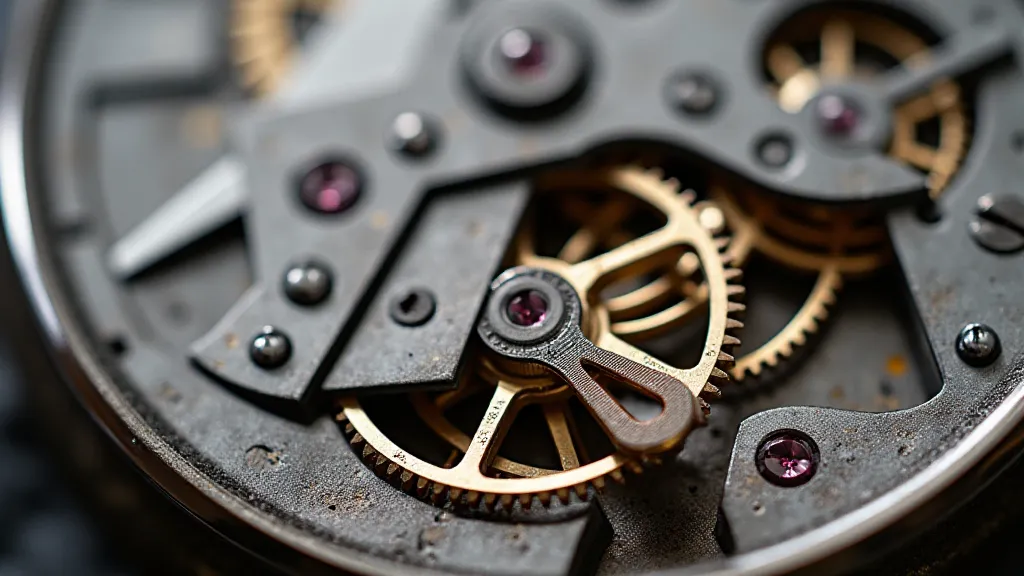
The Vacheron Constantin 2255: A Historic Chronograph
Vacheron Constantin, one of the oldest watch manufacturers in the world, has a rich history of producing exceptional timepieces. The Calibre 2255, introduced in the 1950s, is a testament to their technical prowess. This movement was a significant step forward in chronograph design, incorporating a column wheel mechanism – a feature that allowed for precise and reliable control of the chronograph function.
The 2255 is characterized by its refined aesthetics and intricate construction. The column wheel, visible through the case back, is a focal point of the design, showcasing the movement's complexity. Its rarity, combined with the brand's reputation for excellence, makes the Calibre 2255 a highly sought-after movement among collectors of mechanical watches.
The F.P. Journe Calibre 130: A Homage to Antiquity
François-Paul Journe is a modern-day horological legend, known for his innovative designs and meticulous craftsmanship. His Calibre 130, introduced in 1999, is a testament to his artistic vision and technical expertise. The movement draws inspiration from the 18th-century fusee and chain escapement, a mechanism known for its consistent power delivery.
The Calibre 130 features a remarkable array of hand-finished components, including a gold fusee and chain, and a detent escapement – a sophisticated alternative to the lever escapement. The movement is a work of art, showcasing Journe’s commitment to traditional watchmaking techniques and his ability to blend historical inspiration with modern innovation. It is a movement that demonstrates the true essence of high-end watch repair and collecting.

Conclusion: The Allure of the Rare
The rare watch movements discussed above represent only a small fraction of the fascinating world of horological innovation. Each movement tells a story of technical challenges overcome, artistic vision realized, and historical significance achieved. For serious watch collectors, the pursuit of these exceptional movements is a journey of discovery, a celebration of the artistry and engineering that lies at the heart of the timeless beauty of a mechanical timepiece. The legacy of these movements ensures their place in watch history for generations to come.
